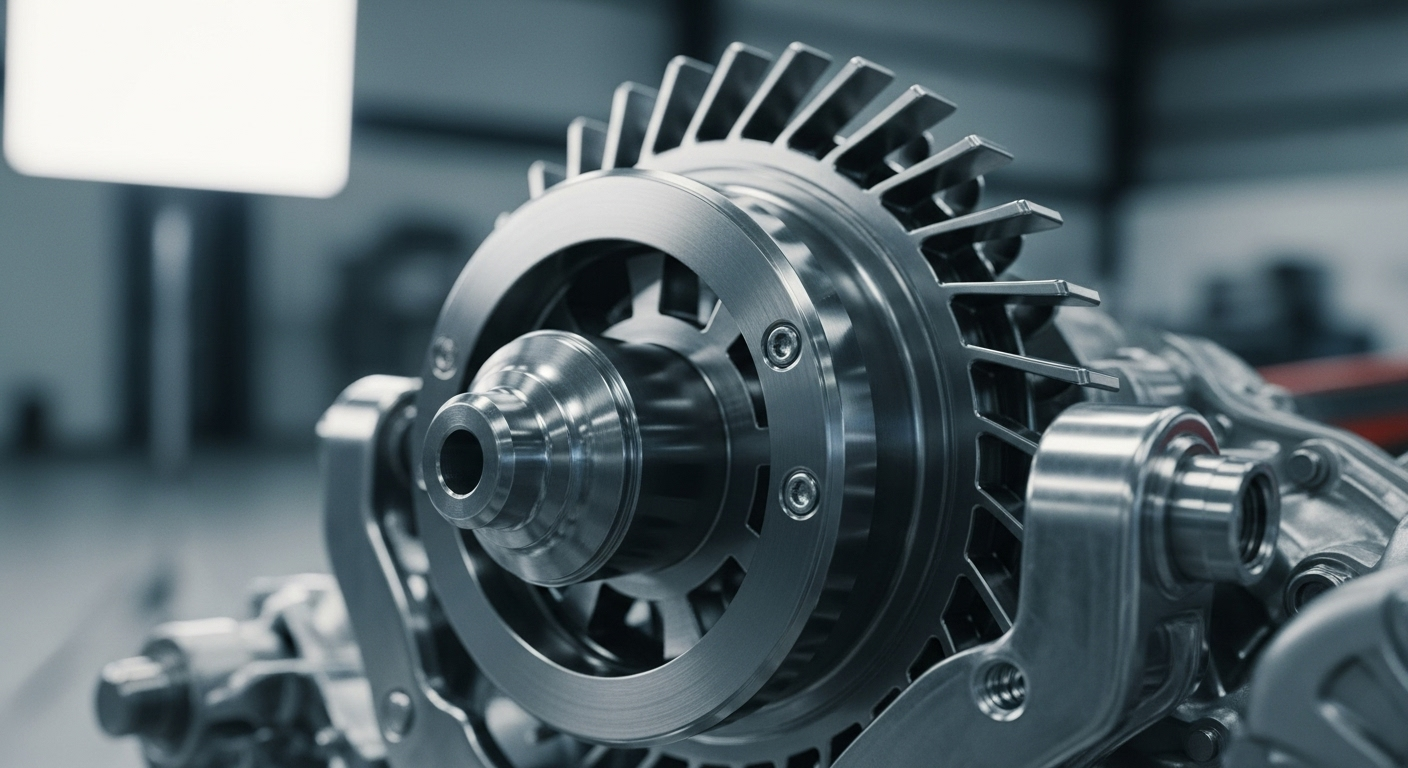Rediscovering the Magic in Rotary Engines: A Revival Worth Noting
An often-understated marvel of automotive engineering, the rotary engine holds a unique place in the annals of car history. While often overlooked in the sea of conventional internal combustion engines, it has a distinctive charm and a promising, albeit challenging, future.

A Brief Background: The Birth of Rotary Engines
The rotary engine, also known as the Wankel engine, traces its roots back to the early 20th century. It was invented by German engineer Felix Wankel, who envisioned an engine that could deliver smooth, high-speed performance without the heavy and complex components of traditional piston engines. The first working prototype was introduced in 1957, paving the way for a revolution in automotive engineering.
The Charm of the Rotary: Understanding its Appeal
Unlike conventional engines, the Wankel engine operates on a simple, yet ingenious principle. It uses a triangular rotor instead of pistons, spinning in an oval-like epitrochoid chamber. This design allows for fewer moving parts, resulting in a lighter, more compact engine with high power-to-weight ratio. The smooth, high-revving nature of rotary engines has made them a favorite among car enthusiasts and speed lovers.
A Rocky Road: The Challenges of Rotary Engines
Despite their unique qualities, rotary engines have faced significant hurdles. Their unconventional design leads to high fuel consumption and substantial emissions, making them less efficient than their piston counterparts. Additionally, they are prone to premature wear and tear, particularly the apex seals, leading to costly maintenance and repair.
A New Dawn: The Future of Rotary Engines
Despite these challenges, the rotary engine is far from extinct. Car manufacturers are exploring innovative ways to overcome its shortcomings and harness its potential. Mazda, a longstanding champion of the rotary engine, announced its plan to reintroduce a rotary engine as a range extender in their new electric car lineup. The compact size and smooth operation make it an ideal candidate for this purpose.
Final Thoughts: The Rotary Engine’s Place in Automotive History
The journey of the rotary engine is a testament to the spirit of innovation in the automotive industry. It serves as a reminder that even unconventional ideas can find a place in the market if they offer unique value. Despite the challenges, the rotary engine’s potential for high performance, compact size, and smooth operation make it a fascinating piece of automotive technology well worth exploring.
To conclude, the rotary engine’s revival is a compelling narrative of resilience and innovation. As the automotive industry continues to evolve, it will be interesting to watch how this underdog of engineering carves out its place in the future.




